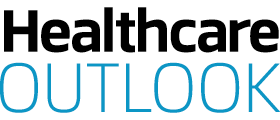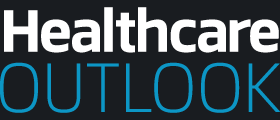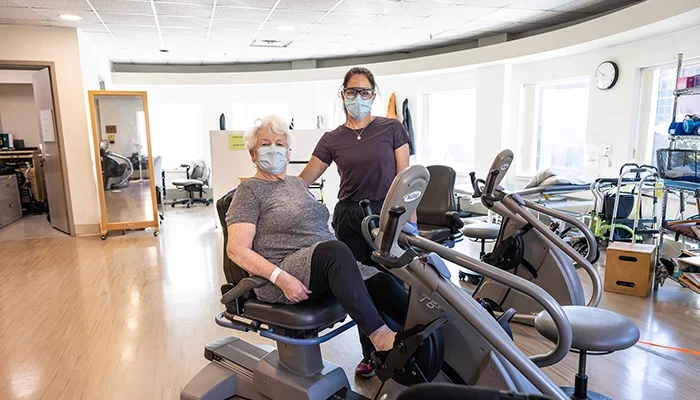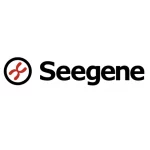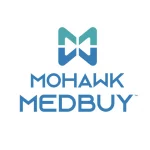From the tech and research hub of Ontario, Ron Gagnon, President and CEO of Grand River Hospital, highlights the need for improved healthcare innovation and infrastructure.
INTRODUCTION
Canada is a world leader in science, technology and innovation, and is recognized as one of the most innovative and competitive economies in the world.
The country’s largest and most populous province, Ontario, houses the second-largest IT cluster in North America, where industry giants such as Amazon, Google, and IBM invest in major R&D operations.
Ontario is also home to a concentration of world-renowned research institutes, that work collaboratively with businesses to create innovative, game-changing solutions.
It was the opportunities around innovation within healthcare that drew Ron Gagnon, President and CEO of Grand River Hospital (GRH), to Ontario’s rich R&D ecosystem.
“This area of Canada is well known for its innovative mindset, the large presence of the tech community, and the need to innovate around healthcare,” he opens.
“What the industry needs right now, not just in Ontario or Canada but around the world, is significant innovation and change. Innovation is becoming an everyday focus here in Canada; we need to be willing to think and do things differently, and to take risks at all levels.”
With more than two decades of experience in the healthcare sector, many of the challenges that face the industry today are not new to Gagnon, who joined GRH in 2018.
“Healthcare is at a critical point, but this isn’t something that has happened overnight. However, for people like myself who are hardwired to find solutions to big problems, it is an exciting albeit challenging environment.
“When I look locally in Canada, the healthcare system needs to run in a way that meets the needs of the people, and we need to find a way to leverage technology,” Gagnon shares.
GRH is dedicated to improving care through innovation and research, as it enables high-performance programs, services and systems, nurtures effective and collaborative relationships, and promotes best practices.
To this end, GRH takes part in and leads a number of innovation and research projects to ensure that it remains at the forefront of best practices in care and service provision.
Various departments within GRH also collaborate with academia, as well as government and private agencies, to participate in clinical trials that contribute to improved patient care.
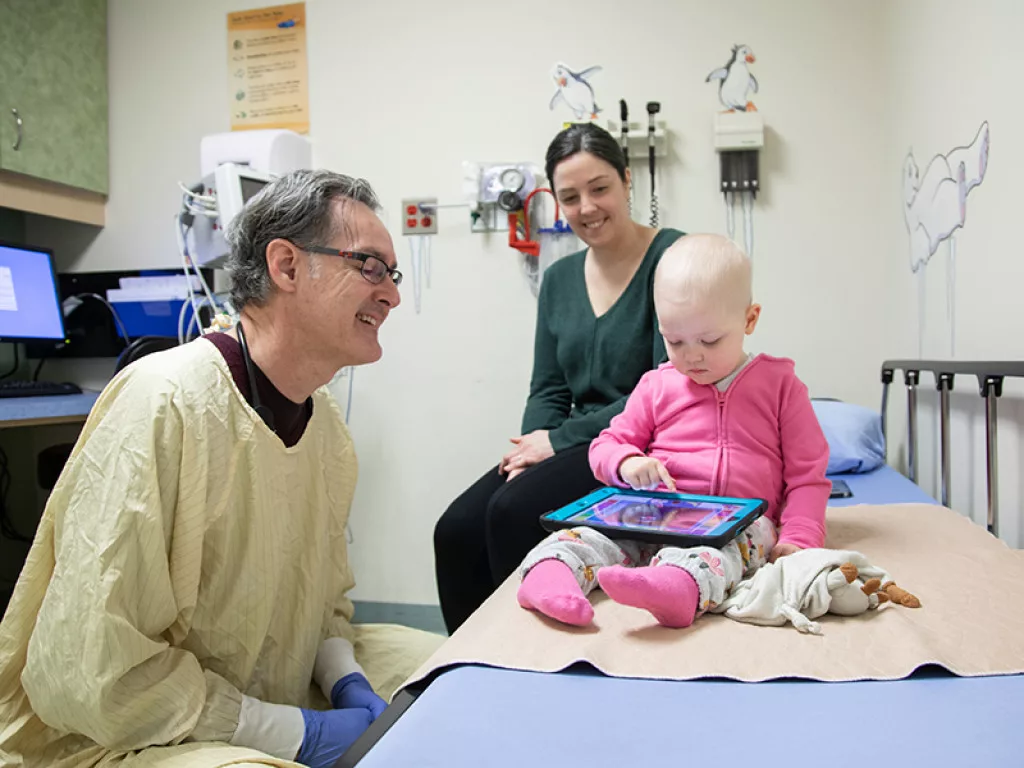
COMMUNITY CARE
Situated in Kitchener, GRH is one of Ontario’s largest and busiest community hospitals, serving a population of around 840,000 people in the immediate region of Waterloo and the adjacent Wellington area.
GRH’s broad range of regional care services is delivered by an outstanding team of over 5,000 highly experienced, knowledgeable and compassionate professionals at two large campuses and several satellite locations.
“What struck me early on when I joined the organization is the people of GRH, and the spirit of having each other’s back and stepping up to what’s needed for the communities that we serve,” Gagnon emphasizes.
For patients in need of emergency care or treatment for disease, severe illness or injury, GRH’s Kitchener-Waterloo (KW) Campus provides acute, diagnostic and surgical care services with the goal of recovery and for patients to return home or to a setting that best meets their needs.
Freeport Campus, meanwhile, is a key partner in recovery and rehabilitation for patients who live with complex health conditions or require follow-up care for recent illnesses or injuries.
Complemented by six partner locations for cancer and kidney care, as well as three community treatment centers, GRH strives to provide exceptional, world-class care.
“We deliver our inpatient and ambulatory care service from our two main sites, which have 683 beds between them,” Gagnon tells us.
Given there is no shortage of opportunities in the region to trial different technologies, with leading experts in artificial intelligence (AI) and machine learning (ML) right on the hospital’s doorstep, GRH is exploring the use of AI and ML together with the University of Waterloo to support its world-class patient care and services.
GRH, whose total revenue last year totalled $516 million, is also partnering with Google to explore the development of an AI algorithm to triage cases, as well as investing in digital pathology.
“We believe that digital pathology is crucial to support our proposed neurosurgery program, which is one of the new services we’re working on bringing to the community in partnership with the Hamilton Health Sciences Center,” states Gagnon.
“We’re also currently piloting two innovative solutions, namely dual layer X-ray imaging and an AI-driven insights tool to predict patients’ clinical risk of mortality or admission to intensive care. Our investment in translation services has also been really helpful for newcomers to Canada and those who don’t identify English as their preferred language for communication, so there’s a lot of exciting changes happening on the innovation front.”
Equally, GRH is a proud community teaching hospital and a preferred destination for learners from a number of disciplines.
Although it is not an official Academic Health Sciences Center (AHSC), the hospital provides a substantial amount of high-caliber education to over 1,100 on-site learners every year.
“We’re able to accomplish that through a number of affiliation agreements with different colleges and universities throughout Ontario and Canada,” Gagnon highlights.
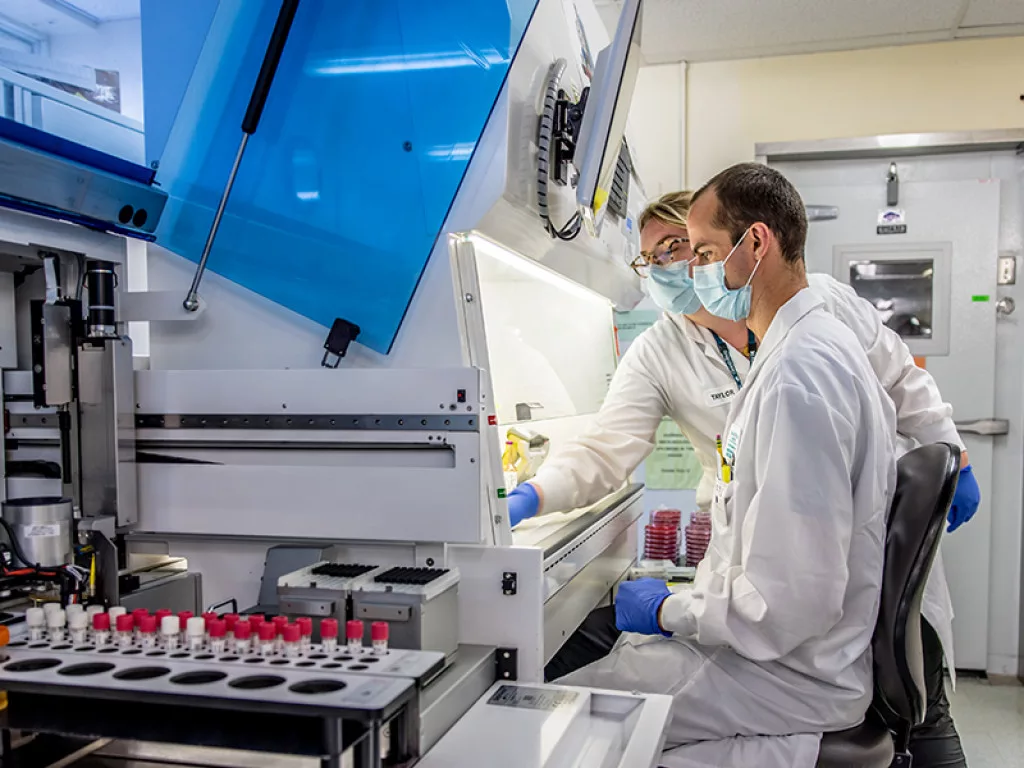
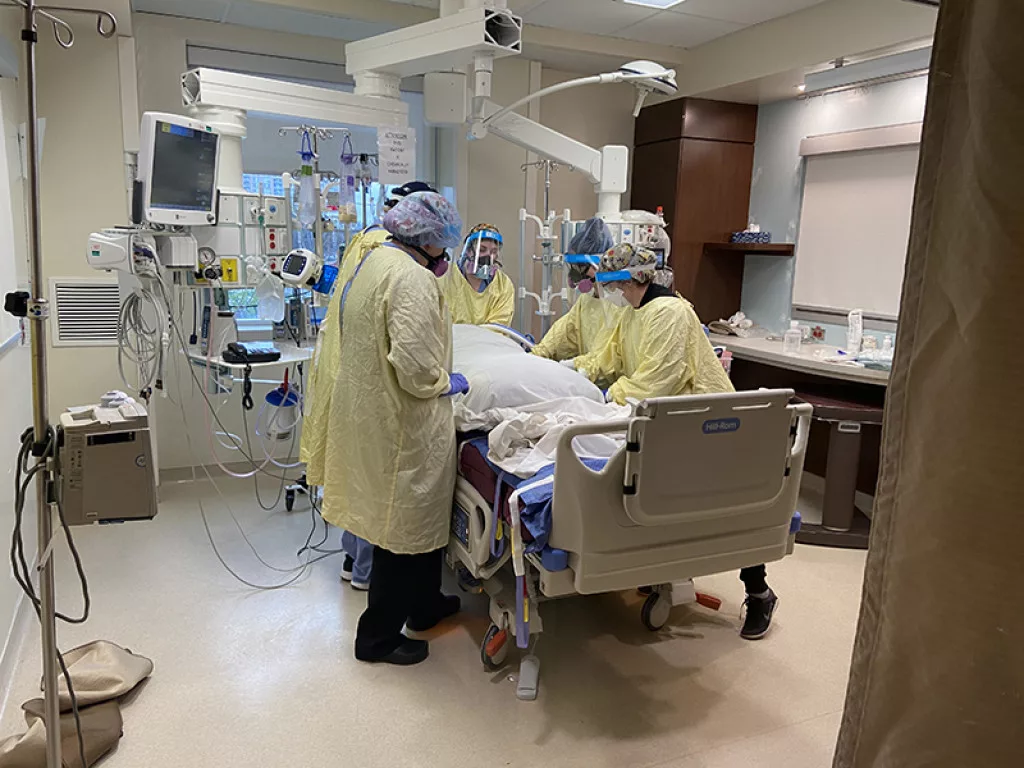
FACILITIES FOR THE FUTURE
To meet the needs of communities in the Waterloo region, one of the fastest-growing areas in Canada, GRH is working together with St. Mary’s General Hospital (St. Mary’s), also in Kitchener, to plan for the future of hospital-based services.
The Ontario government recently committed to investing $5 million to support the planning for the joint project, to build a new acute care facility and expand and renew existing infrastructure in the region.
As the community continues to grow, the pressure on regional hospitals such as GRH will only increase without new and expanded facilities that leverage the innovation and technology available in the area. GRH and St. Mary’s have also outgrown their aging buildings, with parts of the hospitals dating back over a century.
Gagnon describes the joint project with St. Mary’s as a “generational project”, one that will change the lives of people for years to come.
“The new state-of-the-art acute care site would be shared by both hospitals to house our regional programs, including St. Mary’s regional cardiac program,” he outlines.
“The vision is also to renew and repurpose our existing GRH campuses as a highly specialized center for ambulatory and urgent care services, and give others the opportunity to co-locate on that property as well.”
Subject to change, the proposals will increase patient capacity across both hospitals by over 500 beds, and provide more clinical spaces such as intensive care units, emergency rooms, and modern operating theaters.
Plans for the new joint hospital, including its location, will be determined at a later stage after important consultations with relevant stakeholders such as the local community, hospital teams, health system partners, and government authorities.
The next steps also include engagements to further identify the services that the community needs, and how to deliver the project in the fastest possible timeline.
“The challenge in Ontario is that these types of developments take somewhere between 10 and 15 years, on average,” Gagnon says.
Though it will take time to implement these changes for a stronger healthcare system for the Waterloo region and beyond, GRH and St. Mary’s are ensuring that the community is kept engaged and informed throughout the project.
“We take great pride in the way that we collaborate within the healthcare system. It’s very much about how we all succeed together.”
In the meantime, GRH has developed a mid-term plan, which includes a magnetic resonance imaging (MRI) project that is close to conclusion.
“In addition to adding a new MRI, what we’ve been able to do with the existing MRI machine is essentially rebuild it on-site. At the end of that rebuild process, we will have a second new MRI without having to go through all of the construction processes and disruption related to it,” adds Gagnon.
“There’s a new MRI machine coming to St. Mary’s as well. When I joined GRH in 2018, we had only one hospital-based MRI between the two hospitals, so it was significantly underserviced.”

FINDING A WAY
The COVID-19 pandemic exacerbated challenges already entrenched in the healthcare system and has highlighted the need for new and improved hospital infrastructure in the region.
The pandemic was nevertheless a great example of how the team at GRH leveraged their talent to help develop new relationships across Ontario and the provincial healthcare system, to add new capacity and services in the community.
“We added 150 beds to our operation in a very short period of time. It goes back to that culture of finding a way and mentality of getting things done,” Gagnon tells us.
“For sure, it was quite unprecedented. I would say I’ve been humbled by the spirit, strength, and capability of our leaders and the entire team. None of what we have accomplished would have been possible without them.
“Likewise, we couldn’t have achieved anywhere near as much without the strong working partnerships that we have with other hospitals and community partners in the area. Nobody has been in it for themselves, and it required all of us to think differently about the ways we can work together to support and protect communities,” he continues.
Since the start of the pandemic, GRH has cared for close to 2,000 COVID-positive patients, performed more than 240,000 COVID-19 tests, and managed a regional vaccination center that provided over 330,000 COVID-19 vaccinations. Taking into account pharmacies and other smaller vaccination sites, this single regional center provided the greatest number of vaccines for the community.
“These have been some of the most challenging times that we’ve ever experienced in healthcare, and the team has tirelessly put the lives of others ahead of their own interests. They showed up and brought their best every day, and I think they’ve had a real positive impact on the people that we serve,” Gagnon acknowledges.
In addition, almost 50 million pieces of personal protective equipment (PPE) have been distributed by GRH’s purpose-built supply chain, which also supplied hospitals across southwestern Ontario and other community providers.
The safety of patients and staff was one of the non-negotiables set out by GRH at the beginning of the COVID-19 pandemic, as well as the willingness to think and do things differently.
“So far, our COVID-19 response has cost north of $200 million, so it has been a pretty significant effort.”

“What the industry needs right now, not just in Ontario or Canada but around the world, is significant innovation and change”
Ron Gagnon, President and CEO, Grand River Hospital
AIMING HIGH
GRH developed its Strategic Plan for 2021-25, branded as Aiming High, as it was responding to the COVID-19 pandemic.
Inspired by the communities that it serves, the vision of the plan is to build a world-class health system supporting healthier lives. GRH is dedicated to seeing that vision realized, and this plan marks the beginning of the hospital’s journey along that path.
Three strategic directions, each with its own four key goals, have been identified by GRH to achieve the results that it is aspiring to: deliver a world-class experience for patients, families and team members; partner to create a world-class health system; and innovate and transform healthcare delivery.
The plan is informed by thousands of voices, from patients and families to hospital team members, partners and community leaders.
“We deliberately took a future-back approach, so instead of starting where we are today, we created that vision of a world-class health system for 10 years from now,” notes Gagnon.
“We worked our way back to where we are today to develop our plan, and we chose our vision to align with the world-class aspirations of the region that we serve. It’s not just about us as a hospital, it’s about supporting a larger system.”
GRH has also identified a number of specific measures of success, to benchmark and evaluate whether or not the Strategic Plan has realized its vision and achieved its goals.
“For both five- and 10-years’ time, we’ve set out objective measures as part of the success of our strategic plan,” he informs us.
“I’m extremely excited about the plan that we’ve developed, and our path for the future.”
One of GRH’s key priorities for the years ahead is to continue to build out its efforts surrounding diversity, equity, and inclusion. As one of the key strategic goals that will enable the hospital to deliver a world-class experience, GRH is creating structures and launching programs for long-term, sustainable change.
Equally, GRH will continue to respond to the COVID-19 pandemic, whilst driving much-needed healthcare innovation and research in Ontario and beyond.
